History has taught Hmong farmers in California’s Central Valley that betrayal can come in different forms.
Many Hmong people, who are part of an indigenous group that has long lived in pockets of Southeast Asia, ended up in the United States after siding with Washington in the Vietnam War.
During a nine-year secret bombing campaign in neighboring Laos, the U.S. war campaign drew heavily on the oppressed minority group for recruits to fight their common Communist enemies in Southeast Asia. Hmong soldiers guarded U.S. bases, rescued American pilots, spied on the North Vietnamese and fought on the Ho Chi Minh Trail.
“We were made a promise: ‘You help fight the Communists. If we win, you get your country,” said Michael Yang, who grew up farming in Laos. “If we lose, you come to America.’”
By the time the U.S. was driven out, marking the end of the war in 1975, at least 30,000 Hmong fighters — including Yang’s father — were killed, as were many more Hmong civilians.
After the last American planes and helicopters departed, many Hmong were left behind to try to survive the Communist military consolidation in Vietnam, Laos and Cambodia. “Those who helped” the U.S., Yang noted, “had to leave or be persecuted or killed.”
Yang and surviving family members fled their five-acre farm in Xiangkhouang, a mountainous northeastern Laotian province that had become known as the most bombed-out province of the most bombed nation on earth.
The Yangs traveled a difficult, circuitous path west, toward the Thai border. They did their best to avoid Communist soldiers in a harrowing journey over land and then down the Mekong River, which they tried to float down inconspicuously on various abandoned canoes, dinghies and skiffs as soldiers shot people nearby, Yang said.
More than 100,000 Hmong — estimated to be half of the people’s surviving population in Laos after the war — escaped to Thailand and became refugees in harsh camps, unable to safely return home. Many remained trapped there for years.
In the U.S., the Refugee Act of 1980 was passed in part to aid some of those Hmong refugees.
More than 1,000 Hmong small farms now call California’s fertile Central Valley region home.
A half-decade after the end of the war, Yang’s family finally made it to Providence, Rhode Island, when he was 11 years old. They later moved to Fresno, California, where they settled and once again became farmers.
Today, they are among the 360,000 Hmong living in the United States, according to U.S. Census Bureau data. Like them, nearly one in three Hmong in the country reside in California, according to the Pew Research Center.
While Hmong farms are now established in places like Minnesota, Wisconsin and especially California, resettlement was difficult. Extended families and entire communities were broken as a result of their scattering to different parts of the U.S., which was done to prevent any one single city or area from needing to absorb so many refugees. There were language barriers in those places, as few residents or government officials spoke Hmong. The lack of formal education among Hmong refugees limited job opportunities.
Now 56, Yang works at University of California Agriculture and Natural Resources, where he helps other Hmong farmers understand health and safety rules, modern farm practices such as irrigation and pesticide use, and how to apply for farming assistance grants. He says more than 1,000 Hmong small farms now call the fertile Central Valley region home.
In recent years, a key source of support for many of them has been the Local Food Purchase Assistance Cooperative Agreement Program, a $400 million federal program set up under President Joe Biden that pays California farmers to grow food to supply schools and food banks and feed those who otherwise cannot afford regular meals.
In some ways, the program might feel to a small degree like America’s way of paying back farmers who sacrificed so much.
“In Laos, the Hmong were soldiers or farmers,” Yang explained. Other than fighting, he said, “The only thing they knew was farming.”
Cut Off Again?
In March, the Trump administration suddenly moved to halt the food purchase program. It is slated to terminate before the start of 2026, as part of $1 billion in cuts by the United States Department of Agriculture.
So when Hmong farmers in California learned just before the 50th anniversary of the end of the U.S. war in Southeast Asia that federal funding would be cut, it felt to some of them that Washington was forgetting their sacrifice once again.
Hmong farmers who rely on the program specialize in crops like lemongrass, bok choy, gai lan and water spinach that are important to Asian American seniors on tight budgets and in need of familiar and healthy produce.
The program to pay small farmers to grow food for their low-income neighbors was established by the Biden administration in 2021 after it was sewn into the American Rescue Plan, which was put forward in response to the COVID-19 pandemic. The U.S. Department of Agriculture prioritized contracts for what it defined as “socially disadvantaged” farmers and ranchers.
Keng Vang, owner of Fresno BIPOC Produce Inc., estimates that 80% of Hmong farmers’ produce is shipped out of town. Aggregators like Vang, who deliver Asian produce to food banks and pantries, can improve nutrition and food access among low-income Asian American seniors, according to a 2023 study by the UCLA Asian American Studies Center.
Chinese and Vietnamese seniors, and middle-aged and older Filipinos, all reported less access to food and nutrition than their white peers, UCLA researchers found. Having a low income and being unable to speak English correlate to worse access to food and nutrition, the researchers also found.
Yang worries the cuts will harm Hmong farmers who depend on the food aid program for their income. The loss of Hmong produce will be felt in its main urban markets, Los Angeles and the San Francisco Bay Area, Vang said.
The abrupt cuts don’t take into account the time and planning required to grow a season’s crops or appreciate the labor of farmers, said Vang, who goes to small farms, picks up their produce and sells to farmers’ markets, food banks and school cafeterias across the state.
Thanks to Vang’s efforts, beets, carrots, onions, bok choy, mustard greens and rapini grown by the Hmong community in Fresno are served in the nation’s second largest school district, Los Angeles Unified.
Hmong farmers’ distrust of outsiders goes back decades, Vang explained. Hmong faced racism and discrimination after they arrived in a country that many had died for.
If the past is any indication, Hmong farmers would not be wrong to expect indifference and disappointment from Washington.
Traditional Hmong farming practices collided with state laws meant to ensure fair wages and safety. The California Division of Labor Standards Enforcement and the Division of Workers’ Compensation fined farmers for not paying extended family or neighbors for helping with the harvest even though such reciprocity is a traditional practice among Hmong farmers. Enforcers who ticketed the farmers often didn’t speak Hmong. “They were targeted,” Vang said. “They don’t speak English.”
Distrust and a sense of betrayal runs so deep that farmers didn’t initially believe in Vang, he explained. Despite being a second-generation Hmong who speaks the language and who grew up among Fresno’s 35,000-strong community, he has faced plenty of suspicion because he wasn’t raised as a farmer. It took him more than a year to earn the trust of many of Fresno’s Hmong residents by building personal relationships with farmers who have shifted from growing food to feed their own families to fulfilling contracts to feed schoolchildren in Los Angeles.
Vang says he overcame skepticism through regular conversation, selling their goods and helping farmers apply for local and federal grants. Vang was persistent in sharing information about how to access food grants and eventually the federal Local Food Purchase Assistance program that pays farmers to grow food for local food banks and school districts.
But in March Vang had to break the news to the Hmong farmers he works with that the federal aid they depend on was coming to an end.
The prospect of losing that aid has stoked anxiety for Hmong farmers, who worry they’ll lose access to other federal grants or might again be singled out by inspectors, Vang said. He is waiting for things to stabilize, but with so much uncertainty, he has struggled to offer solid advice.
“I don’t know what to tell farmers,” Vang said, “or what the future might look like.”
If the past is any indication, Hmong farmers would not be wrong to expect indifference and disappointment from Washington. Hmong veterans have for years fought for recognition and benefits, and not until 2018 were they allowed to be buried in U.S. Department of Veterans Affairs’ national cemeteries.
When the Refugee Act of 1980 was drafted in part to aid the Hmong, it also changed the definition of a refugee to someone with a “well-founded fear of persecution.” The Trump administration has repeatedly fought this legal status.
“The Hmong committed their lives to help America,” Yang said. “They want to do the right thing. They pay taxes. The government needs to help.”
Copyright 2025 Capital & Main
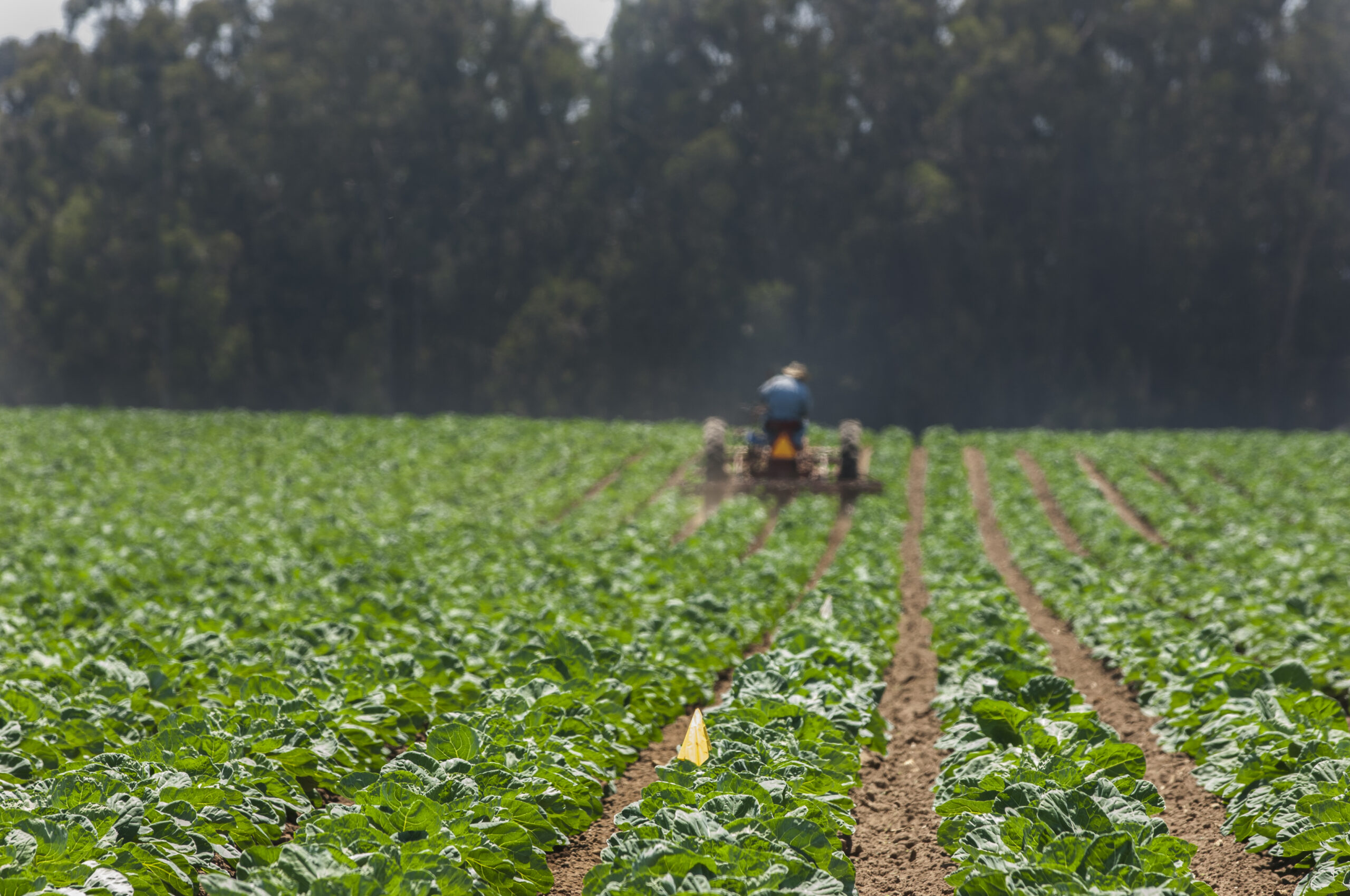
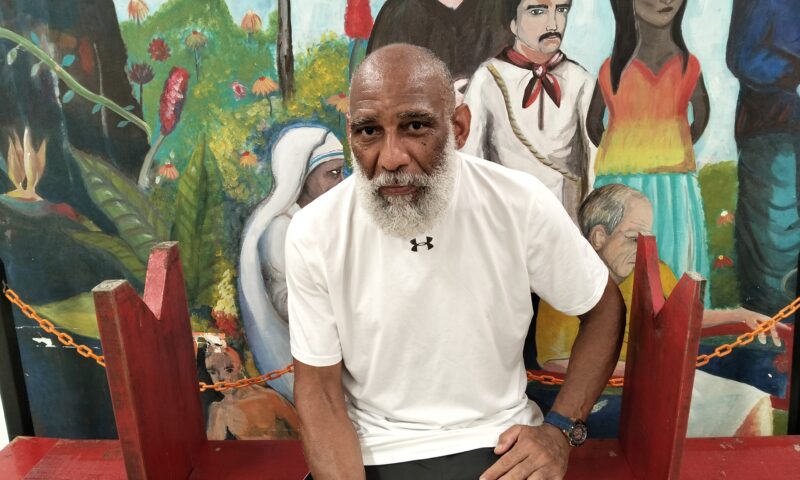
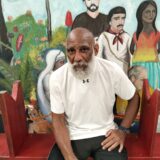 StrandedNovember 25, 2025
StrandedNovember 25, 2025
 Column - State of InequalityNovember 21, 2025
Column - State of InequalityNovember 21, 2025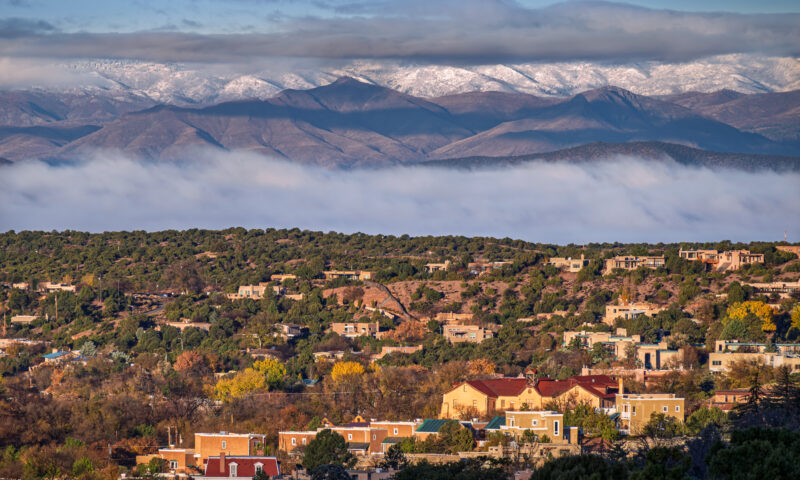
 Column - State of InequalityNovember 28, 2025
Column - State of InequalityNovember 28, 2025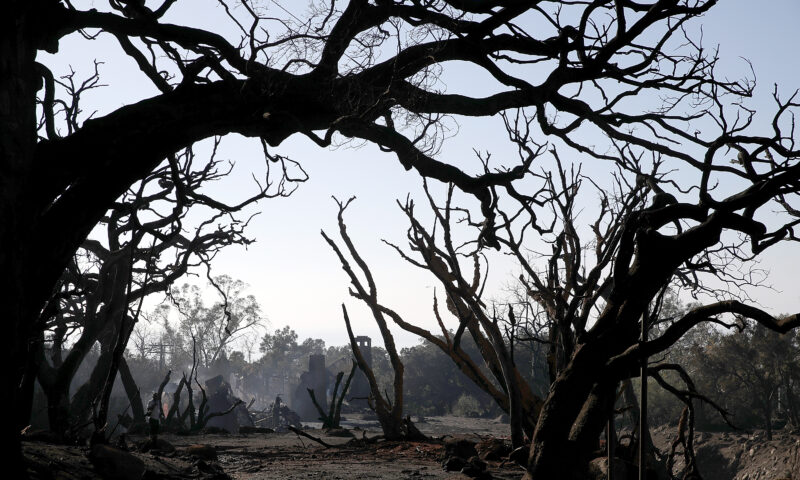
 The SlickNovember 24, 2025
The SlickNovember 24, 2025
 Striking BackDecember 4, 2025
Striking BackDecember 4, 2025
 Latest NewsDecember 8, 2025
Latest NewsDecember 8, 2025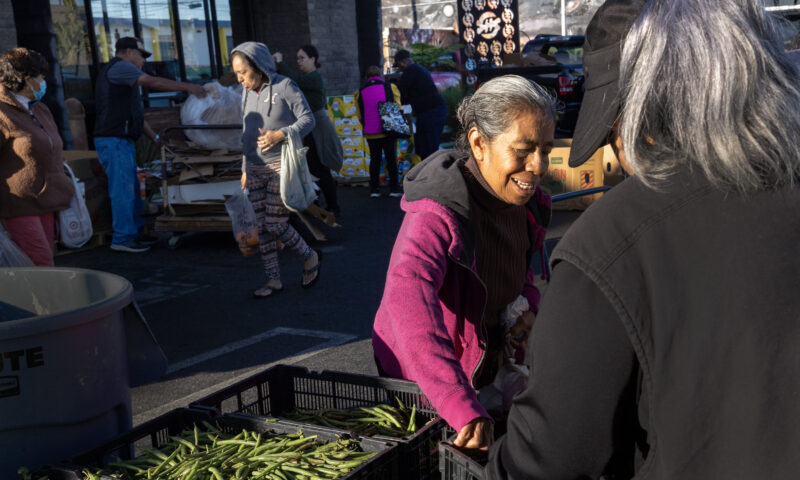
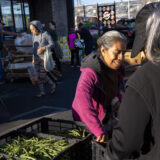 Latest NewsNovember 26, 2025
Latest NewsNovember 26, 2025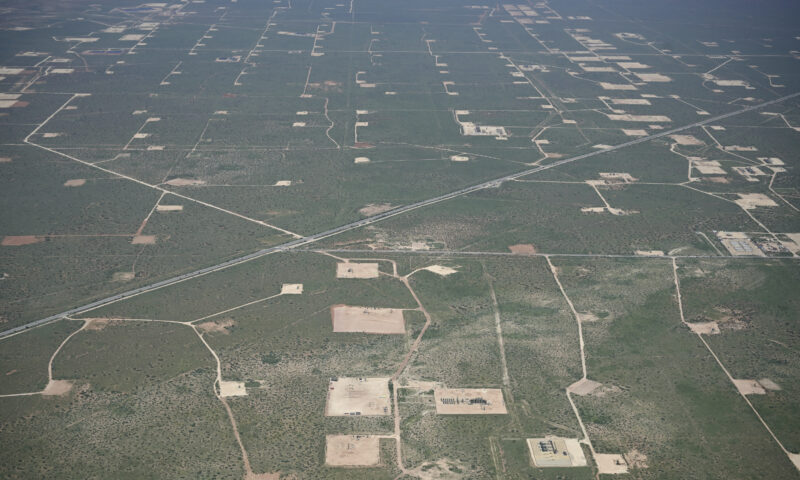
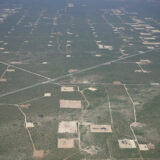 The SlickDecember 2, 2025
The SlickDecember 2, 2025

